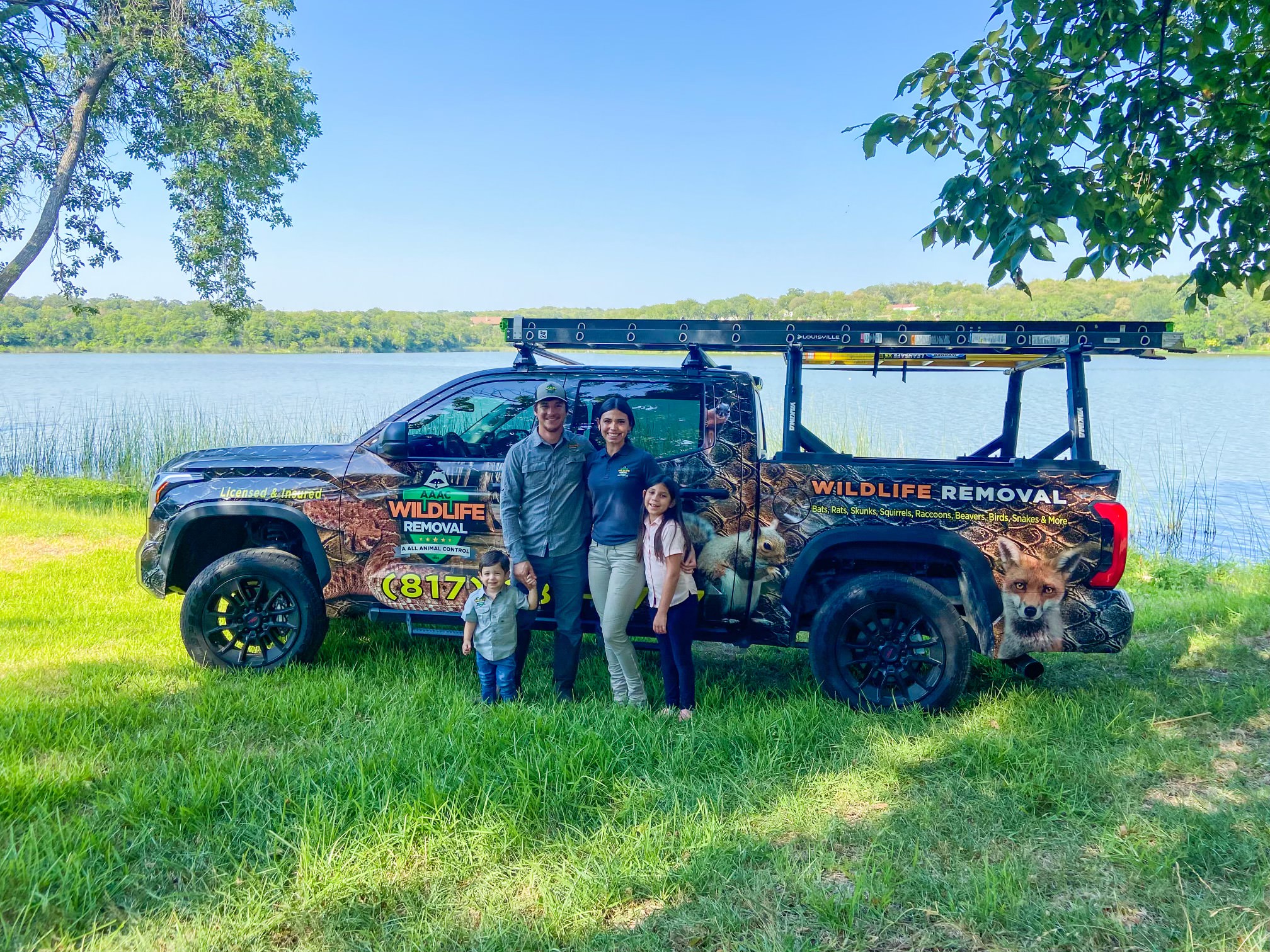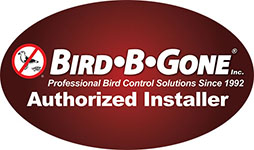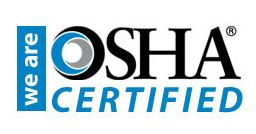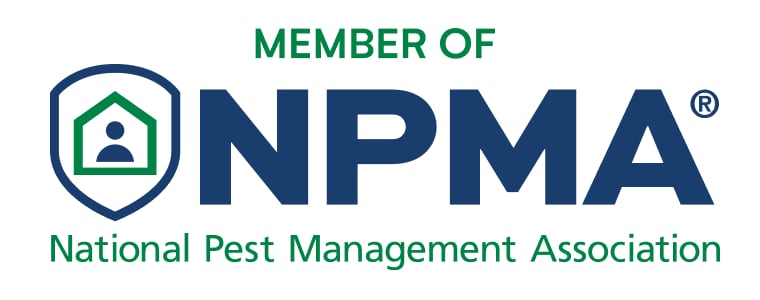Dealing with a wild animal like a bobcat on your property isn’t just stressful—it can be dangerous. As Collin County continues to grow, more residents in places like Plano, McKinney, Lavon, and Farmersville are facing unexpected encounters with wildlife. At AAAC Wildlife Removal of Collin County, we understand the urgency of removing nuisance animals quickly and humanely. Our team uses expert trapping methods and humane relocation techniques to handle bobcats and other wildlife problems without harming them or your property.
We’re more than just a bobcat removal service—we’re your full-service wildlife control company. Whether it’s a squirrel in the attic, a raccoon tearing up insulation, or a skunk stinking up your backyard, our animal removal pros are ready to help. We also handle snake removal, bat removal, bird control, opossum issues, rodent removal, and even dead animal removal. Every critter presents a unique risk, from rabies concerns to serious animal damage, so it’s important to work with experienced professionals. If you’re dealing with a nuisance wildlife situation or need pest control help in TX, give us a call for top-rated wildlife removal services and animal damage repair today.
Signs You May Have a Bobcat Problem
Strange Noises at Night
Bobcats are mostly active after dark, and they make unsettling sounds that can resemble a baby crying, growling, or screeching. If you hear these noises near your home or attic, there’s a good chance a wild animal is nearby.
Unusual Tracks or Scat
Look for paw prints that are larger than a house cat’s but smaller than a dog’s, often found near sheds, gardens, or trails. Bobcat scat is also a clue—it’s typically segmented and may contain fur or bone from prey.
Missing Pets or Livestock
If chickens, rabbits, or even outdoor cats have disappeared recently, a bobcat might be to blame. These predators target easy meals and will return if they know your property offers food.
Claw Marks or Hiding Spots
Bobcats often leave claw marks on wooden fences, trees, or buildings. They may also hide under decks, porches, or in overgrown areas around the property—especially in suburban and rural parts of Collin County like McKinney, Lavon, and Farmersville.
Wildlife Activity and Animal Damage
Seeing other nuisance animals like raccoons or opossums could indicate a wider wildlife problem. If you’re also dealing with attic damage, animal droppings, or foul smells, call us for a full wildlife inspection and control services.
Why Choose AAAC Wildlife Removal of Collin County?
Local Experts in Wildlife Control
We’re not just any wildlife removal service—we’re your neighbors. Our team knows the wildlife issues unique to Collin County, including Plano, McKinney, Lavon, and beyond. We’ve handled everything from bobcats to bats, and we’re experts at identifying and resolving wild animal problems before they escalate.
Humane, Licensed, and Insured Professionals
Your safety is our priority. We use humane trapping techniques and follow all TX wildlife regulations, including bobcat relocation and rabies precautions. Our fully licensed and insured animal control specialists ensure your property is treated with care from start to finish.
Full-Service Animal Removal
Beyond bobcats, we handle a wide range of nuisance wildlife including raccoons, squirrels, rodents, skunks, snakes, opossums, birds, and even dead animal removal. Whether it’s something in your attic, garage, crawlspace, or yard, we’re the one-stop control company for fast, effective solutions.
Trusted by Homeowners and Businesses
From rural properties to suburban homes, we’ve earned a reputation for reliable animal removal and wildlife management. Our customers count on us for honest assessments, transparent pricing, and professional repairs when animal damage occurs. Give us a call today and let’s solve your critter problem—for good.
Our Bobcat Removal Process
Property Inspection & Wildlife Assessment
Every removal starts with a full inspection of your property, attic, and outdoor areas. We look for bobcat tracks, scat, dens, and possible entry points. Our wildlife removal pros also check for signs of other critters—like raccoons, rodents, or squirrels—that may be part of a larger issue.
Safe & Humane Trapping
We use professionally designed traps that are safe, humane, and approved for use in Texas. Bobcats are strong and smart, so it’s important to use the right equipment and techniques. Our team handles the setup and monitoring to ensure the animal is captured with minimal stress.
Responsible Handling & Compliance
Once captured, the bobcat is handled according to Texas laws and wildlife control guidelines. As a licensed animal control company, we follow state regulations closely to ensure public safety and proper management of nuisance wildlife. Euthanasia may be required if relocation is not allowed.
Exclusion & Damage Prevention
After removal, we help prevent future wildlife problems by sealing access points and offering recommendations for fencing, lighting, or habitat modification. If the animal caused any damage—like torn insulation, scratched walls, or droppings in the attic—we also provide animal damage repair and cleanup services.
Areas We Serve in Collin County
AAAC Wildlife Removal of Collin County proudly serves homeowners and businesses across the region with expert animal removal and wildlife control services. Whether you’re dealing with a bobcat in your backyard, raccoons in the attic, or rodents in the walls, our team is ready to help. We’re based right here in Collin County, TX, so we understand the local wildlife challenges—and we respond fast when nuisance animals show up uninvited.
We provide service to major cities like Plano, McKinney, Allen, and Frisco, as well as smaller communities including Wylie, Lavon, and Farmersville. From rural farmland to busy suburban neighborhoods, we’ve handled it all animal services like bats in barns, skunks under decks, and snakes in garages. If you’re unsure if we cover your area or need urgent help, give us a call. We’re your go-to solution for Collin County animal control, pest control, and humane trapping services.
Protecting Your Home After Removal
Getting rid of a bobcat is just the first step—keeping it (and other nuisance wildlife) from coming back is just as important. After removal, our team inspects your property for potential entry points, attractants, and habitat features that may be drawing wildlife in. We offer expert recommendations on sealing off access to attics, crawlspaces, and sheds, along with advice on trash storage, fencing, and yard maintenance to reduce future risk.
If your home or property suffered animal damage, we also provide repair and cleanup services. That includes replacing chewed materials, cleaning animal droppings, and deodorizing areas where a wild animal may have taken shelter. From raccoon removal to rodent-proofing, we help you get back to normal fast. Need help with ongoing wildlife control or pest management? Call us to ask about maintenance plans and long-term solutions for wildlife problems in Collin County.
Is It Legal to Remove a Bobcat in Texas?
Yes—bobcat removal is legal in Texas, but it must be done in accordance with state wildlife laws. In Texas, bobcats are classified as nongame animals, which means landowners are allowed to remove them if they pose a threat to people, pets, or property. However, there are strict regulations around how they can be trapped and handled. That’s why working with a licensed wildlife control company is so important—our team follows all local and state guidelines to ensure legal and safe removal.
It’s also important to know that in many cases, relocation is not permitted. Bobcats captured in urban or suburban settings are typically not released back into the wild due to safety and disease concerns. As a professional animal control service, we handle each case responsibly and in compliance with Texas Parks & Wildlife rules. If you’re unsure about your rights or need advice on how to handle a bobcat problem on your property, give us a call—we’re happy to help.
Contact Us for Bobcat Removal in Collin County
If you’ve spotted a bobcat near your home or suspect one is lurking around your property, don’t wait—call the professionals at AAAC Wildlife Removal of Collin County. We offer fast response times, humane trapping methods, and expert advice to keep your family, pets, and property safe. From Plano to McKinney and everywhere in between, we’re the go-to team for bobcat removal and wildlife control services.
Reach out today to schedule an inspection or speak with one of our licensed animal control experts. We’re here to help with everything from nuisance wildlife and pest control to animal damage repair and prevention. Call us now or use our online form to get started—we’ve got your back when critters strike!
Frequently Asked Questions
Are bobcats dangerous to humans?
Bobcats generally avoid people, but they can become aggressive if cornered or sick. The bigger concern is their threat to small pets, livestock, or children playing outside. It’s best to keep a safe distance and call for professional wildlife removal.
How do I know if a bobcat is living near my home?
Signs include unusual tracks, claw marks on trees or buildings, nighttime screeching sounds, and missing pets or livestock. If you notice any of these around your Collin County property, you may be dealing with a bobcat or another wild animal.
Can I trap or shoot a bobcat myself in Texas?
Texas law allows landowners to remove bobcats as nongame animals, but there are strict rules around how it’s done. Using a licensed animal control company ensures the process is safe, legal, and effective.
How much does bobcat removal cost?
Costs vary depending on your location, the difficulty of the removal, and any additional services like repairs or cleanup. We provide free estimates and work to keep pricing clear and fair.
What happens to the bobcat after it’s captured?
Captured bobcats are handled in compliance with Texas Parks & Wildlife regulations. Relocation is often not permitted, and euthanasia may be required in certain cases. Our team follows all legal and ethical standards for humane wildlife management.











